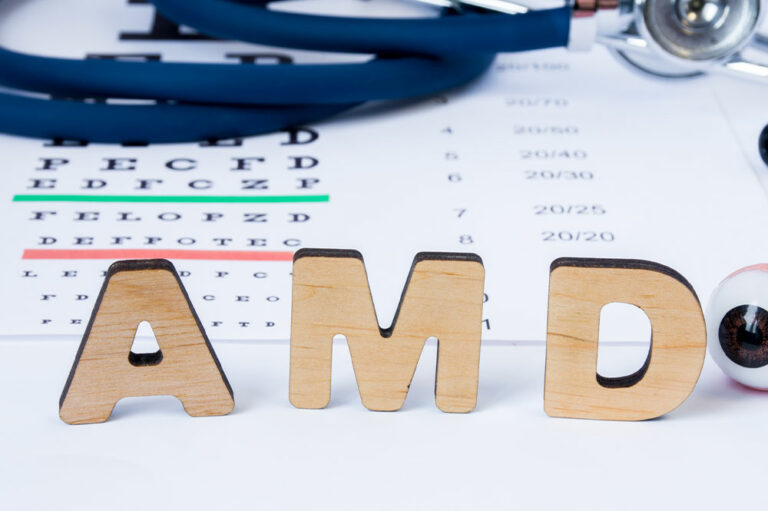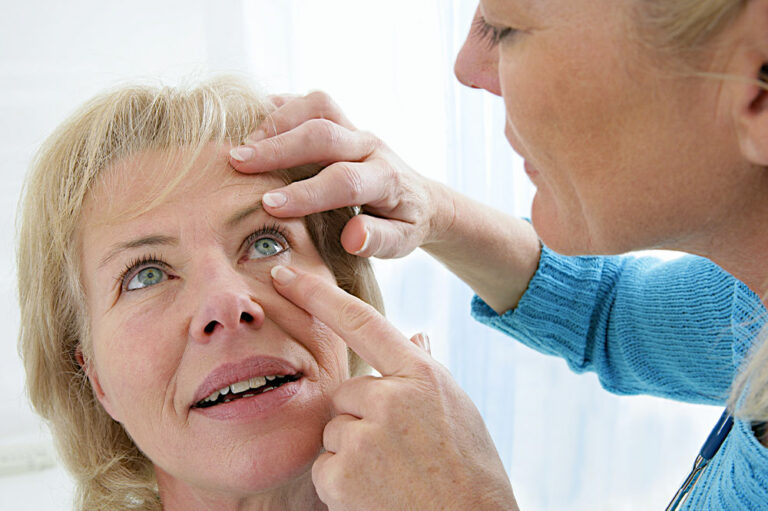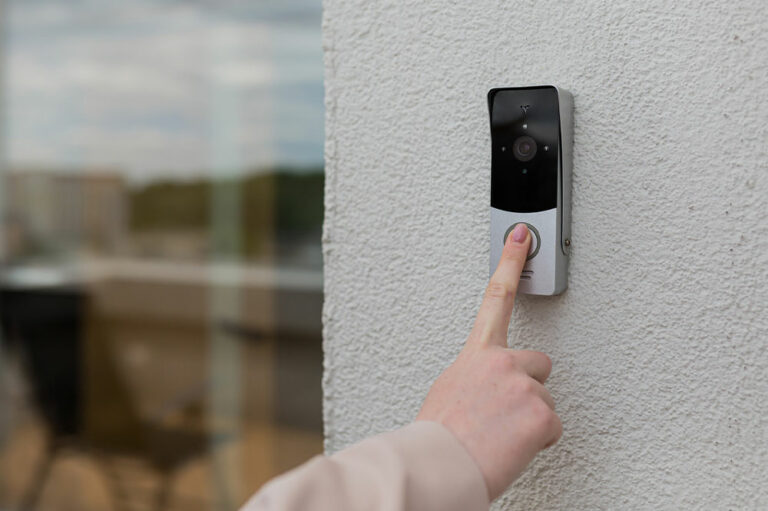
Pediatric Hodgkin lymphoma – Signs, causes, and management
The lymph system is part of the immune system, which protects the body from infection and disease. Pediatric (childhood) Hodgkin lymphoma is a type of cancer that develops in the lymph system. Children who develop this disease may find their immune system compromised, resulting in various health complications. There are two main types: Classic and nodular lymphocyte-predominant. Below are important things one should know about this condition, like causes, signs, and management.
Signs
The symptoms and signs of pediatric Hodgkin lymphoma may differ based on where the cancer develops. The signs could also depend on the size of the cancer. However, one should check with a healthcare professional if the child has any of the following symptoms:
– Extreme tiredness
– Anorexia
– Itchy skin
– Fever that develops out of the ordinary
– Reduction in BMI, even if the individual seems healthy
– Excessive night sweats
– Coughing
– Trouble breathing, especially when lying down
Symptoms like fever, loss of pounds, and drenching night sweats are called B symptoms. These are a crucial part of staging Hodgkin lymphoma and understanding the patient’s chance of recovery. One should also note that the symptoms might arise from conditions other than pediatric Hodgkin lymphoma. Therefore, the best way to determine the root of these signs is by speaking with the child’s doctor. The expert may ask a series of questions as a first step to making a diagnosis, followed by tests to detect the presence of cancer.
Causes of pediatric Hodgkin lymphoma
The exact cause of Hodgkin lymphoma has yet to be determined. Experts indicate that some genes and other viral infections might increase a child’s risk of developing it. Pediatric Hodgkin lymphoma is a rare condition, and the chance that one develops it is significantly low. That said, below are the common causes of the disease.
- Common early childhood infections
- Epstein-Barr virus is the virus that causes mononucleosis
- Some diseases where the immune system does not work well
- Family history of this condition
Management for pediatric Hodgkin lymphoma
The management recommended for children with pediatric Hodgkin lymphoma will differ based on the type and severity of the condition. The parents and child’s care team will work together to decide on an appropriate treatment plan. Various factors will be considered, such as the child’s overall health and if the tumor is newly diagnosed or has returned. The following types of treatment might be used:
Chemotherapy
Chemotherapy is a type of cancer treatment that uses one or more prescriptions to stop the growth of cancer cells. The treatment either eliminates cancerous cells or prevents them from multiplying. Chemotherapy is either given orally or intravenously. Additionally, the way it is administered may depend on the risk group. For instance, children with low-risk Hodgkin lymphoma receive fewer cycles of treatment, fewer anticancer prescriptions, and lower doses of anticancer prescriptions than those with high-risk lymphoma.
Radiation therapy
Radiation therapy is a cancer treatment that uses high-energy X-rays or other forms of radiation to eliminate cancer cells or prevent their spread. External radiation therapy uses a machine outside the body to send radiation toward the area of the body with cancer. Additionally, some methods of this therapy may keep radiation from damaging nearby healthy tissue. A few types include conformal radiation therapy and intensity-modulated radiation therapy (IMRT).
Targeted therapy
This type of treatment uses prescriptions and other substances to detect and attack specific cancer cells. Some targeted therapies that might be indicated for children include monoclonal antibody therapy and proteasome inhibitor therapy.
Immunotherapy
The immunotherapy option uses a patient’s immune system to tackle cancer, such as pediatric Hodgkin lymphoma. Properties made naturally by the body or artificially in a lab are used to boost, restore, or direct the body’s natural defense abilities toward fighting cancer. Two common types of immunotherapy treatment options may include CAR T-cell therapy and immune checkpoint inhibitor therapy.
Surgery
A surgical procedure might be carried out to extract as much of the tumor as possible. This is usually indicated for stage 1 of nodular lymphocyte-predominant Hodgkin lymphoma in children. The surgeon usually removes only the lymph nodes that are known to be cancerous. Following surgery, the healthcare team will monitor the child’s health closely to look for signs if cancer relapses. A surgical procedure to remove the lymph nodes is also known as lymph node dissection.
Palliative care
When a child develops cancer, they and the family members will require support. Taking care of oneself before and after treatment is essential. Palliative care improves how their child feels during treatment by managing symptoms and supporting patients and their families with other non-healthcare needs. For instance, various centers offer supportive care or quality-of-life care and are available to any individual, regardless of age or type and stage of cancer. Individuals, including children, who receive this type of care usually have less severe symptoms, better quality of life, and more content with the received treatment. Such treatments may vary widely and usually include prescriptions, relaxation techniques, emotional and spiritual support, and nutritional changes. A child might also receive palliative treatments similar to those meant to eliminate pediatric Hodgkin lymphoma, such as surgery, radiation therapy, and chemotherapy.







